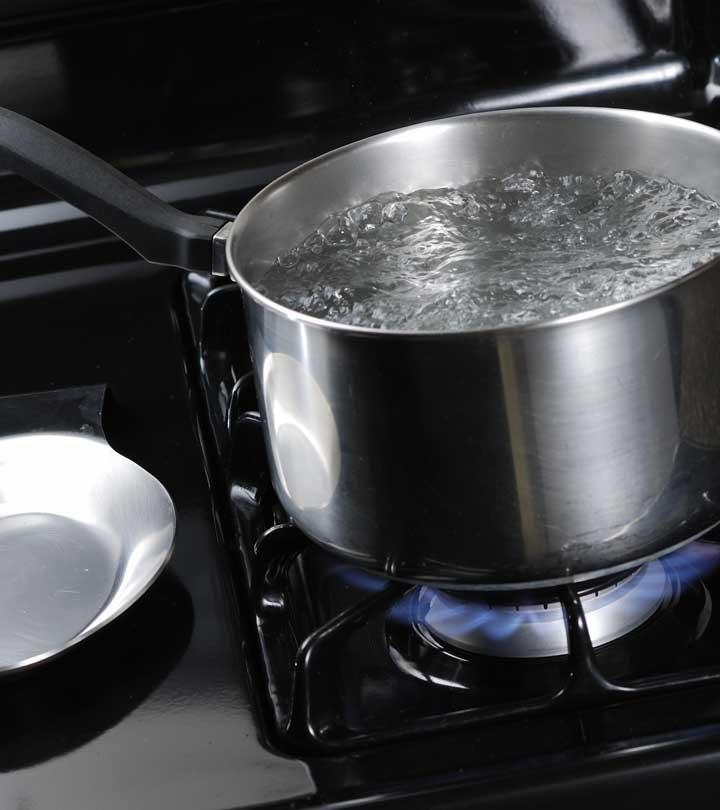The city of Frederick in Maryland is a great place to live in. Ask its residents. It’s a peaceful place with a rich history and a vibrant culture. However, it’s had its share of calamities, with hail storms and flooding hitting the county recently.
Here are some tips for homeowners in the area, just in case they are confronted with natural disasters.
Bolting down
Bolting down the roofs, fortifying windows, and any points of entry can protect the home against hail. Installing secondary wooden covers for windows allows homeowners to cover glass windows and prevent them from shattering.
However, homeowners can go that extra mile and bolt down features inside the house, such as heavy pieces of furniture and refrigerators. That way, they can also be safe in case an earthquake hits. Just be sure that the bolts can easily be taken out if these fixtures need to be moved, in case of flooding.
Speaking of flooding.
For people living in low-lying places vulnerable to flooding, it’s important that homeowners have easy access to their circuit breakers if they need to shut it down. Almost always, in homes that get flooded, electricity is the first concern. Once the power is off, homeowners can take care of the rest of the things, such as moving appliances and furniture to the second floor.
Captain Martin Lloyd Sanders, Ph.D., is an officer in the Commissioned Corps of the U.S. Public Health Service and has rendered over 10 years of service in occupational safety and health. For more articles like this, check out this page.

